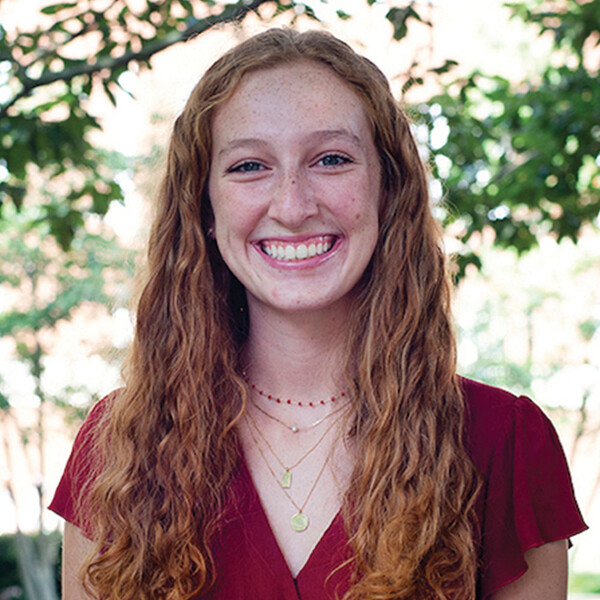Relationships from Day One
One way I support new teachers is by providing an interactive tour of the school a day or two before the students arrive. I want new teachers to be able to locate key places. I also explain the direct route from Point A to Point B. I provide opportunities for questions and answers. If I know their upcoming students in advance, I recommend one or two of them to help the new teacher navigate the school. It is a win-win—it is a leadership opportunity for the student(s) and the new teacher begins to form a positive relationship with the student(s).
—Todd Feltman, intensive reading interventionist, grades 2–5, New York City Public Schools, New York
A “360” Circle of Support
“Who is in your 360?” That is the motto for my county’s program for new teachers. Who is a part of your circle? Who is your go-to for all content-related questions? Who do you seek out when you need a shoulder to cry on? As an ambassador for the mentoring program at my school, it is imperative that I find new and diverse ways to encourage my new staff. Each time I encounter a new member of our family, I make it a priority to check in on their health and wellness first and then ask how I can support them. This method is used in hopes that they will remember to put themselves first and know that there are people in their “360” who are always willing to lend a helping hand. Our goal is for our mentees to one day become mentors, or find that they have now become a part of someone else’s “360,” bringing everything around full circle.
—Ivy Dozier, middle school math teacher/ambassador for new staff, Stafford County Public Schools, Virginia
Structured Training + Continuous Support
Supporting new teachers in navigating the student information system (SIS) is crucial for their success and efficiency. I begin with a comprehensive orientation session, introducing the fundamental features of the SIS. This includes how to log in and navigate the main dashboard. I emphasize the importance of data security and confidentiality from the start.
Next, I provide hands-on training sessions where teachers can explore the system in a guided environment. These sessions cover essential tasks such as taking attendance, entering grades, and accessing student profiles. I use real-life scenarios to make the training practical and relatable, ensuring teachers understand how to apply what they learn to their daily routines.
To reinforce their learning, I provide detailed written guides and video tutorials that teachers can refer to at their own pace. Ongoing support is key, so I establish regular check-ins to address any questions or issues that arise as teachers become more familiar with the system. I encourage an open-door policy where teachers feel comfortable seeking help anytime. By combining structured training with continuous support, I ensure new teachers are confident and proficient in using the SIS, enabling them to focus more on teaching and student engagement.
—Shakara Lawrence, instructional technology specialist, Norfolk Public Schools, Virginia
Checklists to Ease Transitions
Once new teaching staff are offered their job, the remainder of the hiring process is sent out in an email as a checklist of what they can expect next. Our role as administrators is to walk new staff through the hiring process, from obtaining a badge/keys to enter the school building all the way to providing training on the curriculum and resources. Weekly check-ins during the summer with our new teachers are instrumental to answering their questions, offering help as they transition, and making their experience worry-free and exciting.
—Tenia Maurer, assistant principal, Currituck County Schools, North Carolina
Student Spotlight
Savanah Stewart is a rising senior at Mississippi State University, majoring in secondary education with a concentration in English, and endorsements in Spanish and TESOL.

Q: What’s one challenge you’re anticipating as a new teacher?
A: Finding my unique rhythm in the classroom. While I’ve learned many tips and tricks from observing experienced teachers, I know developing my teaching style will require genuine experience. Figuring out my everyday classroom routine and teaching style is something that will be challenging for the first few years of my career.
Q: How can experienced teachers help new teachers like you feel welcome and supported?
A: Hearing each educator’s reasons for staying in the field and why they love teaching is incredibly inspiring. Offering practical resources is helpful, but sharing the why with the how excites us about our future careers and helps us feel supported.
Q: What’s the best piece of advice you’ve gotten from a teacher?
A: “Never forget the impact you can have on your students’ lives. You can be many things for students but choose to be an impact for positive change.” This advice has stuck with me, and I often think about how everything I do in the classroom impacts my students’ lives and how I can make the most of it.









